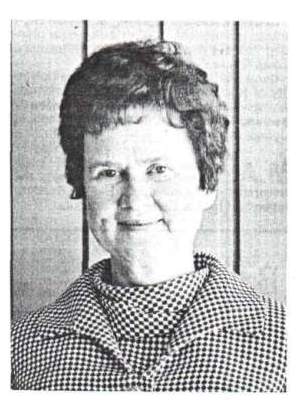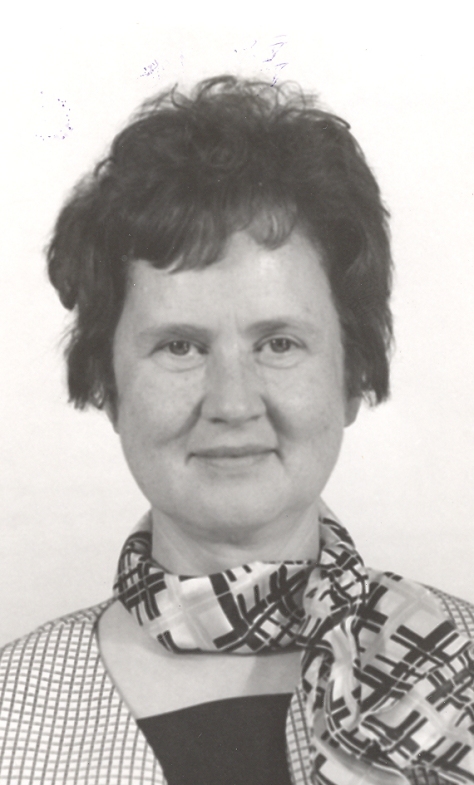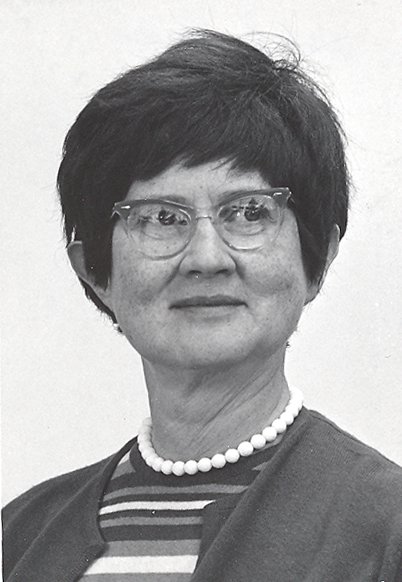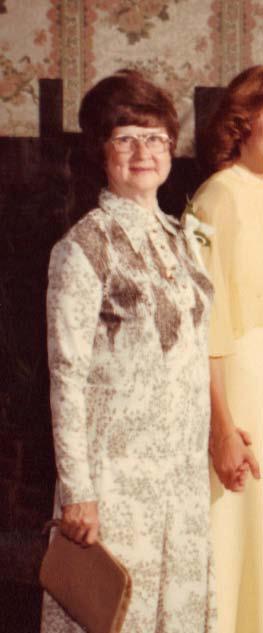As long as I can remember, going back a half a century (and a little more), members of my family were told we were related to someone special. Someone impressive! An ancestor we could all point to with pride and whose blood and DNA coursed through our veins…a noble, historic connection to be celebrated—a legend to pass down and proudly carry forth to our children just as our parents had done.
The person was General/Governor John J. Sevier, Revolutionary War hero and first governor of Tennessee, and I am not related to him. His name appeared in family obituaries and wedding announcements. I am not sure how the story perpetuated itself, but I can understand why it happened.
Three of my grandparents came from indisputable Irish lineage. Likely immigrants who escaped the potato famine for a new opportunity in America, and who were reviled by existing Americans as the lowest of the low. America today is going through a national, often heated discussion about illegal immigration from Mexico and Central America. It is nothing new. The Irish went through the same thing, perhaps worse, 150 years ago.
 So I am not surprised that somewhere along the line, my family’s union with the German Sevier branch, contributed in marriage through my paternal grandmother Anna Barbara Sevier, provided a source of great pride for the Irish side. My grandmother was cultured, educated and refined. She would go to her grave, never once possessing a reason to question she was a direct descendant of Sevier. My Irish grandfather could point to his wife’s American blue-blooded heritage and swell his chest with the knowledge that his children were special with a unique link to the Revolutionary War.
So I am not surprised that somewhere along the line, my family’s union with the German Sevier branch, contributed in marriage through my paternal grandmother Anna Barbara Sevier, provided a source of great pride for the Irish side. My grandmother was cultured, educated and refined. She would go to her grave, never once possessing a reason to question she was a direct descendant of Sevier. My Irish grandfather could point to his wife’s American blue-blooded heritage and swell his chest with the knowledge that his children were special with a unique link to the Revolutionary War.
This special family connection first fueled my idea to explore that heritage for a graduate class called Interpreting the Past. The course challenged our class to delve further into how history is written, to analyze who writes it, and what motivations lie behind the official record. I began to look into my family history for clarification on who I was and the role my distinguished ancestor played in history.
Thanks to long hours on Ancestry.com and reading extensive Sevier family trees, I ultimately discovered that the specific and historic Sevier connection had serious missing links. Oral traditions are a legitimate record of history, but that tradition can transform facts into legends. A “collateral” listing somehow evolved into a direct line. Our family claims appear to be based only on a shared last name and wishful thinking conceived long, long ago — claims my grandmother had no reason to doubt, and without the technology available today, difficult to disprove, had she a reason to investigate.
My trip to Tennessee visiting his home and grave site, trips to personally view his majestic and impressive bronze statue in Washington D.C., my arduous efforts to locate out of print biographies in order to develop a complete Sevier library, many hours perusing his diary online, and talking to other Sevier relatives was not a waste of time. I learned a lot about Early American and Tennessee history, the transition of colonies into states, and America’s early treatment of Native Americans. Many of Sevier’s direct descendants have meticulously mapped their lineage and established subsequent generations to the modern day. Most of these are online and none of their research connected the dots to my family tree
I also learned how family legends (BS or blarney, if you prefer) can be innocently handed down as truth, started by an unknown ancestor who wanted badly to be related to this man. It is no wonder our extended family, made up mostly of tradesmen and homemakers, were all too willing to believe the impressive family legend, which we all did in good faith. Accepted as fact, our Irish stock was grafted onto famous American roots, thus giving us a strong connection to America’s past and a reason to feel just a little bit special.
The truth does hurt. The Sevier I am related to is not at all famous (though I am proud to say, served in Maryland’s Continental Army). But I do owe the famous one a debt of gratitude. He led me to discover the relative I should have been paying attention to!
For once I had exhausted the blank spaces on my father’s side of the tree, I turned toward my mother’s 100 percent Irish branches. The blocks that represent marriages and unions, one generation beyond my grandparents’ informartion, were blank, nameless and unremembered.
In order to augment my lopsided family tree, it was suggested that I contact my aunt’s convent for archival information, and indeed, they shared the transcripts of her taped-recorded family history. The archives contained newspaper clippings, magazine articles and art exhibitions featuring the accomplishments of my aunt. The discovery opened my eyes. I had been researching the wrong relative!
Exuent Sevier. Enter Seraphia
My aunt’s biography had rested quietly in a manila folder. Meanwhile, her art adorned many walls in living rooms, dining rooms, college hallways, her convent mother house, and museum galleries throughout the U.S. Other eyes have gazed upon her shapes, colors and interpretations. Not mine. Others have had more opportunity to know her through her art. Not me. Others have enjoyed this special relationship with her that I and my family let slip away. All this time I chased a phantom — a famous, non-relative — when here, all along, an amazing relative was within reach; colorful, tangible and a key part of my recent history. I very much want her to be part of my family’s future.
My challenge is to reinvigorate that relationship and renew my connection to my aunt — to touch where her brush rested, to plunge into her visual messages and absorb the methods by which she chose to communicate. She whispered in shapes and shouted in colors.
I’d like to hear from the owners who have appreciated her artistic efforts. I’d love to know what her art means to you, in what room is it displayed and how does it make you feel? Why did you buy, or how did you acquire, one of her pieces? It is important for me to learn how she has influenced others — what her impact has been, visually, or spiritually, through her artistic expression.
This information will help me assess her impact and celebrate her legacy. I am driven by a desire to build her story with words and images. I am curious to explore her past and uncover a story of a unique artist to hand down to my family. I envision a virtual museum of her images that our family, and others, can enjoy, reflect and ponder.
For so many years our family chased an historic leading man, and as it turns out, a false connection to our past. The family legend is debunked! But sometimes a treasure is not where you first seek it to be.
The heroes in any family’s recent or past history may be someone resting quietly in the background, accomplishing noble everyday feats of bravery, kindness, compassion or talent. They aren’t shouting “Look at me!” “Aren’t I wonderful?” No. They are just great people doing what they do — individuals who deserve to have a spotlight shine upon them now and then, but never ask for that kind of attention. We know who they are. They are the brothers and sisters, sons and daughters, aunts and uncles, first cousin and more distant kinfolk who shape our collective family history. We may take them for granted, or celebrate their life. Pause to consider it all —listen and look. Play their story forward.
I discovered a family hero, a little late for my liking, but better later than never. Seraphia Walsh/Sister Mary James Ann may never be as famous as General John J. Sevier and she will never have a statue in the Rotunda. But as my family’s history begins the revision process, she will assume an honored place, and the pages I add will be filled with her contributions, and the testimony of those who knew, respected and loved her. That family legacy is real. I happily relinquish our false claim to blue blood. In its place I joyfully accept the reds, oranges, greens, yellows and blues that coursed through my aunt’s glorious imagination.








